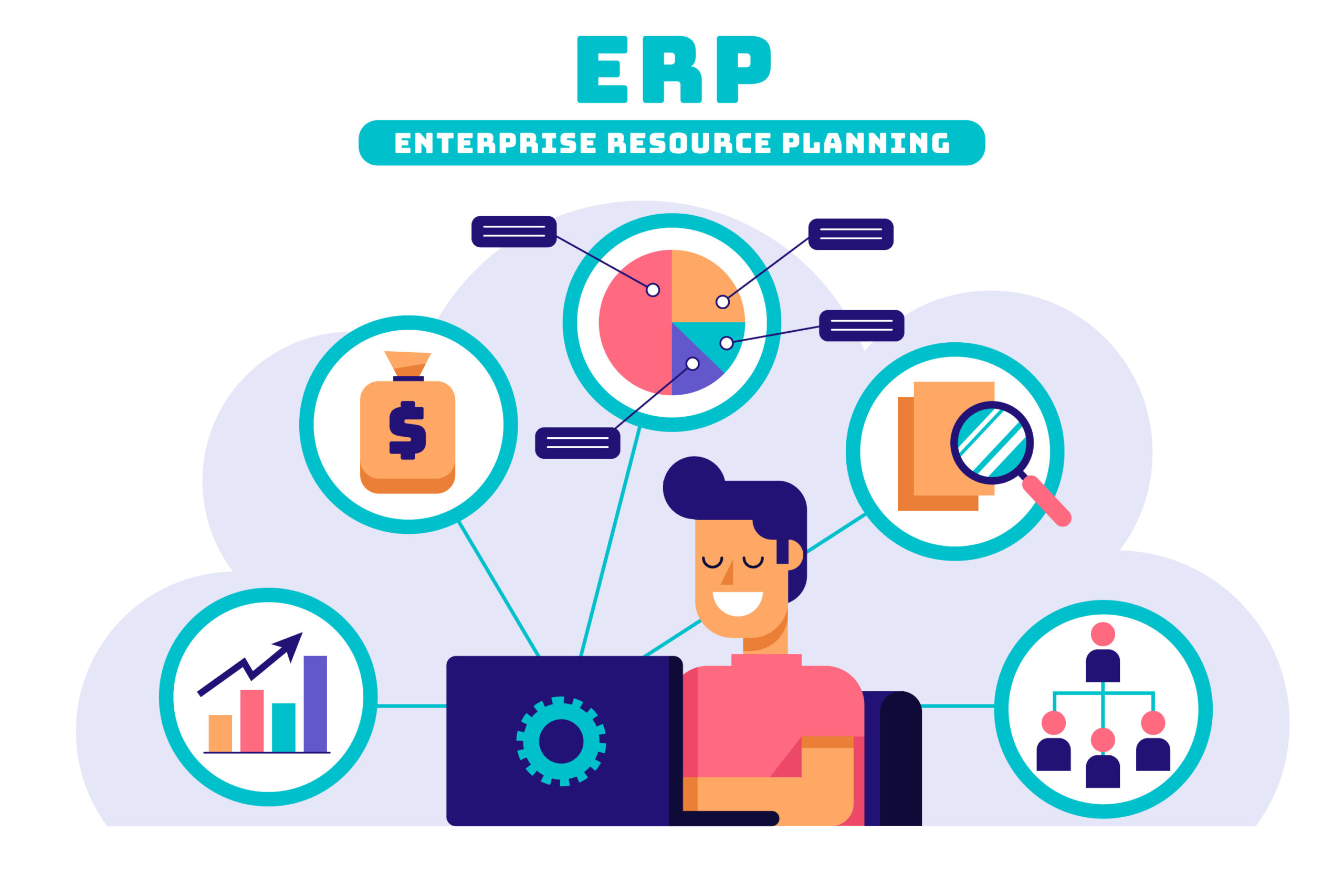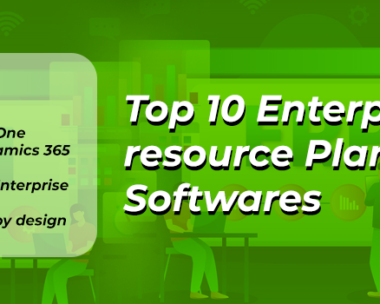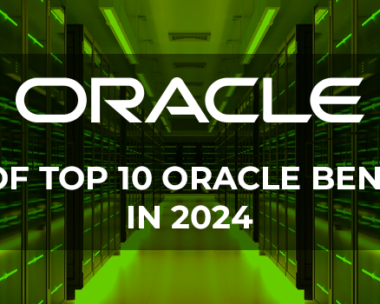IT Types of Enterprise Resource Planning for Your Business in 2024

Introduction
With technological development, people can now find various ways to keep up with their needs and business operations. One such source is called enterprise resource planning, or ERP for short. This management software is built to take care of your business’s operations without you worrying. There are different types of enterprise resource planning to help you in managing other aspects of your business.
ERP solutions are made to fulfill your business’s needs through multiple industries such as consumer products, retail, energy and utilities, industrial, government, and defense. There are several factors to check out before diving into the types of enterprise resource planning, including functionality, size, industry-related requirements, and procurement. Considering them will make narrowing down ERP types much more effortless and choosing the best one that meets your business’s needs.
Before we begin with the types, let’s look at the definition of ERP software and how the ERP system works.
We’ll also look at the erp software types and what sort of company requires a specific type.
Definition of ERP Software
Enterprise resource planning is the integrated administration of crucial business operations, typically in real-time and facilitated by software and technological resources. ERP supports automation and procedures in finance, HR, manufacturing, supply chain, services, procurement, and other areas, assisting you in managing your entire company.
According to the definition of ERP software, an ERP system works in several ways. The system enables a real-time culture where business processes are managed with IT applications, hybrid systems, or on-premise systems. The time spent on manual labor and financing is reduced significantly with ERPs through their management applications processing, collecting, and storing data of various departments in the cloud.
The system enables every company staff member to access information across all departments. Decision-making becomes more accurate and efficient when data is gathered from multiple areas, such as production, customer services, sales and marketing, etc.
As previously mentioned, there are several types of enterprise resource planning systems; the most common ones are on-premise ERP, cloud ERP, and hybrid ERP.
Types of Enterprise Resource Planning in 2024
Enterprise resource planning (ERP) systems can vary from business to business. A corporation may use multiple ERP systems, including these three ERP software types
1. Cloud Software
Many small and medium-sized firms are using cloud-based ERP software types. Due to their continuing billing mechanism, cloud-based solutions like SaaS (software as a service) reduce the requirement for sizeable on-site IT staff because a third-party provider administers them. Additionally, it removes the requirement for dedicated servers made just for this business management software.
These types of enterprise resource planning systems are currently the most prevalent and in-vogue options. Cloud-based ERP is the best route if your company wants to remain relevant and innovative in the business world. The cloud is ideal if the company frequently requires remote access or operations anywhere. Compared to an on-premises system, it can be developed more quickly and for a lower upfront cost. To help guide your company toward success, collaborating with a team or an ERP expert is always a good idea.
2. On-premises ERP
It is precisely what the name sounds like—the on-premises types of enterprise resource planning systems. The organization’s servers and computer hardware have the software installed. The organization’s IT staff usually maintains this licensed system on-site to optimize business workflow. Businesses using this software keep it on office computers and servers. They are not, however, remotely accessible, and the company retains all authority and ownership. An organization that wants complete system autonomy should use an on-premise ERP solution. The company manages its data security and administration on-site with this business management system. It would be best to involve an ERP team to lead and manage any implementation-related issues.
3. Hybrid Software
This program combines on-premises and cloud software services. This type offers adaptability and supports recent additions and implementations in the current systems. Companies with particular requirements or those subject to strict rules and regulations intend to use such ERP software types. A company can scale up in the cloud while benefiting from having all or part of its ERP gear installed on-premises. Depending on the company’s requirements, combining private and public cloud services will make up the hybrid solution.
This model is designed for particular enterprises requiring some cloud and on-premises functionality. Because of its hybrid features, this is a more costly alternative that takes longer to set up. When a business invests in an on-premises ERP or wants to upgrade to the cloud, that is an example of when they might go to a hybrid design.
Techworkflow – Types of Enterprise Resource Planning Systems
It’s crucial to consider your organization’s objectives and business goals when choosing the ideal option for you. Experts in techworkflow can assist your company in effectively transferring conventional ERP apps to the cloud. They can help redesign procedures to make the most of automation, AI, and data and turn finance into a differentiator in the marketplace.




